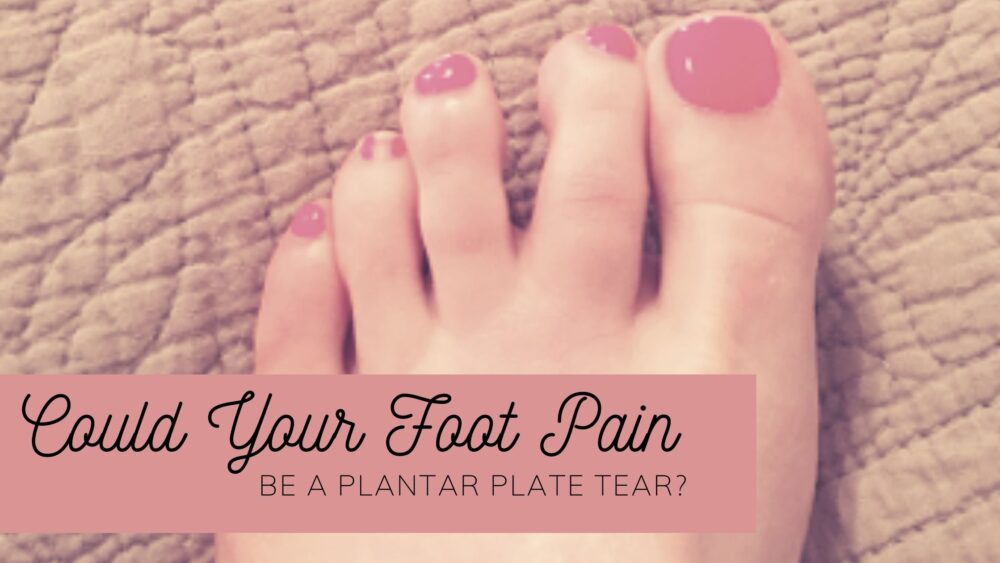Underneath the forefoot lies many different nerves, joints, and soft tissue structures. It is common for these structures to become inflamed and sore over time. A common condition of the forefoot is a plantar plate tear.
What is the Plantar Plate?
The plantar plate is an extension of the plantar fascia. It is a soft tissue structure that originally starts from the heel bone, all the way to the toes. It lies directly underneath each of our toes and helps with flexion (pointing downwards) of our toes.
This soft tissue is not a muscle, ligament, or tendon. It is made of the same tissue as the plantar fascia, which is just that, a fascia. This means it cannot heal the same way a muscle does.
What Causes Plantar Plate Tears?
- Repetitive stress, such as running or regular stair walking.
- Tight calf muscles and plantar fascia bands.
- Bunion and hammertoe deformities.
- Flat feet causing overloading of the forefoot.
- Long term injury to the plantar fascia can cause injury to the plantar plate.
Symptoms of a Plantar Plate Tear
- Pain in the area of the tear, at the ball of the foot.
- Inflammation and swelling on the top or bottom of the forefoot.
- The feeling of walking directly on the bone or stone under your foot.
- Bending the toes up will cause more pain.
- A separation in-between your toes, most commonly the second and third toes, causing a “V” like appearance.
Treatment for Plantar Plate Tears
The tear will need to be offloaded. Offloading modalities may include;
- Orthotics.
- Offloading padding.
- Footwear advice and education to ensure your footwear is helping and not hindering your recovery.
- Strapping techniques.
- Temporary Moon boot if the pain is high.
Other treatment will include;
- Managing associated toe deformities.
- Specific Rehabilitation Exercises.
- Shockwave Therapy (to increase circulation and healing to this area).
- Addressing any underlying biomechanical issue contributing to your injury.
Rest assured, this foot injury can be managed at Well Heeled Podiatry and the tenderness often subsides once a treatment plan takes effect.
If you have any pain in the forefoot, we suggest coming in to see if this could be an injury to the plantar plate.









